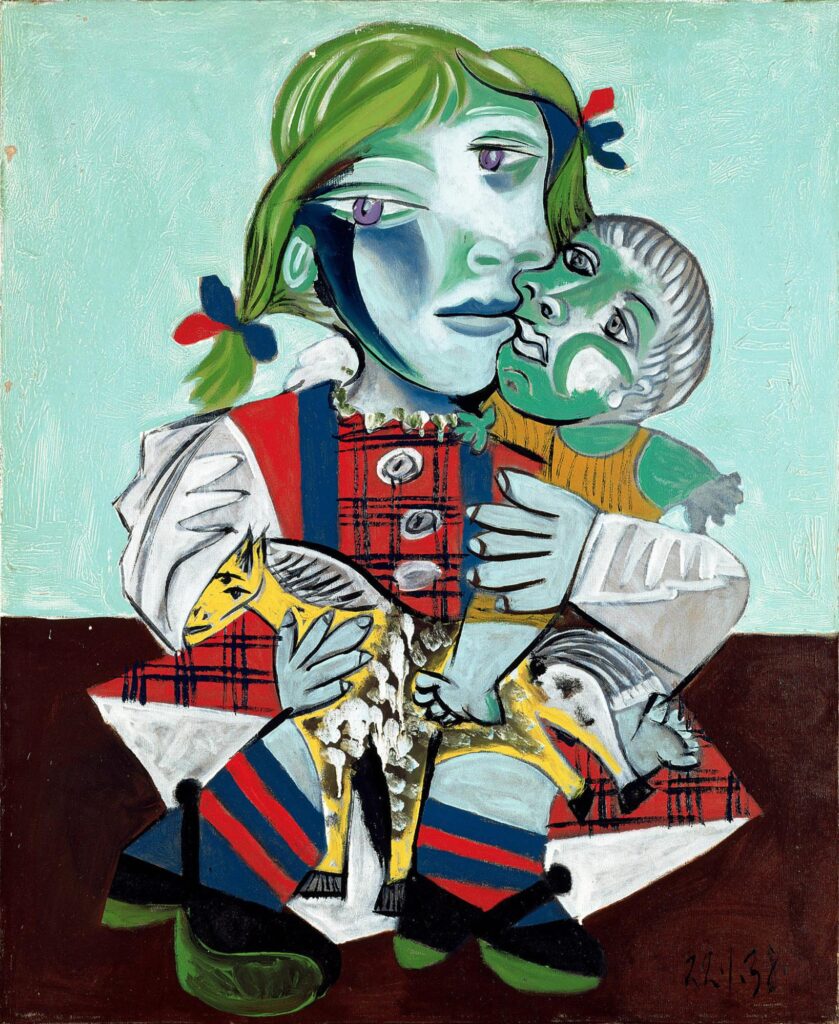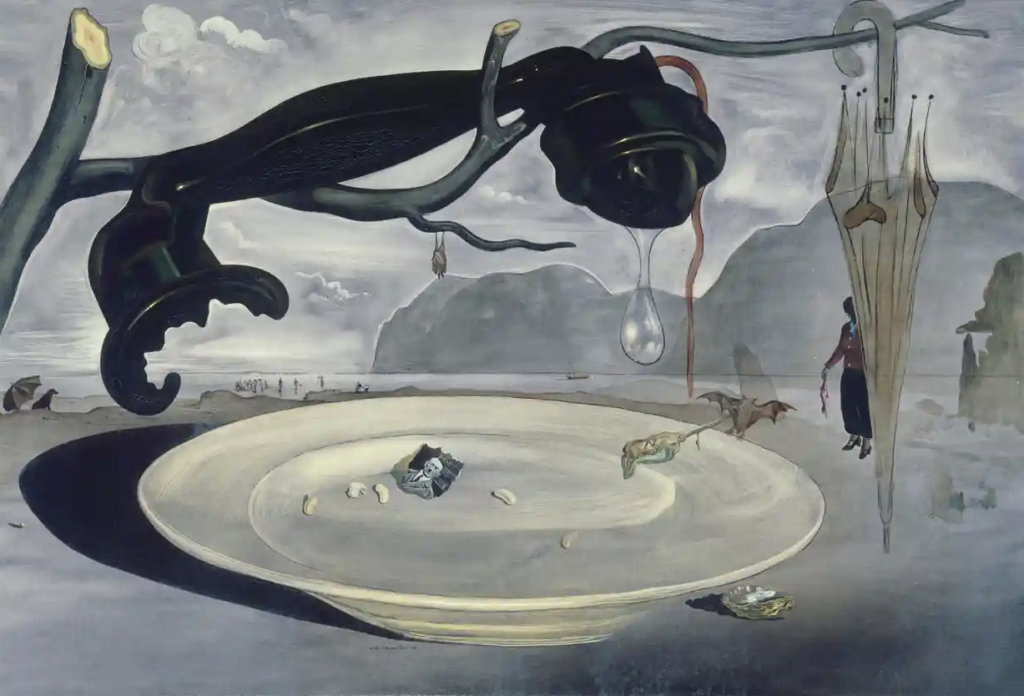Never meet your heroes… Or dig too deep into their histories. Many world-renowned artists have transcended time through their beautiful and impactful work, but the art world is full of dark secrets and scandal. Are you brave enough to learn the ugly truth about some very popular painters?
Pablo Picasso
The pioneer of Cubism, Picasso, was well known for his portraits inspired by his female muses. While some of Picasso’s famous paintings may portray him as a tender artist, such as his portrait of his daughter, Maya Widmaier, his relationships with his other muses have a darker history.

His own granddaughter describes his relationship with his muses in an ominous way: “He submitted them to his animal sexuality, tamed them, bewitched them, ingested them, and crushed them onto his canvas. After he had spent many nights extracting their essence, once they were bled dry, he would dispose of them.”
Many of his partners and muses described relationships that were both emotionally and physically abusive. Picasso is even said to have kidnapped a woman, with the help of his friend, poet Guillaume Apollinaire.
This brings some of his art into question. If we look at the painful portraits of Dora Maar for example, it is hard not to wonder if her suffering expression is caused by Picasso himself.
Of course, it is impossible to know the answer, however it certainly makes it difficult to separate the art from the artist when his relationships with women were a focal point in his popular works.

Edgar Degas
Edgar Degas is known for his pretty pastel drawings and delicate paintings of ballerinas, however Degas himself was far less delicate in nature.
He was vehemently antisemitic.
During the Dreyfus affair in France, where a Jewish man was falsely accused of revealing military secrets to the Germans, Degas was very loud about his beliefs that Dreyfus was guilty.
He severed many ties with Jewish painters and friends. He even kicked a model out of his studio upon suspicion that she was Jewish.
Edgar Degas’ beliefs rarely transpired into his art except for a few paintings, such as Portraits at the Bourse (1879). The focal point of the painting is the banker, who is depicted in a way that mimicked cartoons from right-wing antisemitic publishing at the time.
With this new light shed on Degas’ beliefs, it can be hard to consume and interpret his work in the same way.

Dali
Known for his dreamy surrealist paintings and his quirky personality, Salvador Dalí was hiding some much darker traits.
Dalí had issues with violence, which began at a young age. He pushed his friend off a bridge when he was just a young child, and is known to have trampled a girl, later in life.
He was also a known supporter of fascism. He had a fascination with Adolf Hitler, and he praised Francisco Franco, calling him the “greatest hero of Spain”.
This got him expelled from the surrealist group of artists at the time.
Once again, it is hard to fully separate art and artist, as some of Salvador Dalí’s art reflects that fascination. Salvador Dalí’s paintings The Enigma of Hitler, and Hitler Masturbating were and remain very controversial pieces, due to their incorporation of Nazi symbols, and Hitler himself.

In an era where cancel culture is #trending, this discussion is particularly important. Should we separate the art from the artist? There is no straightforward answer, our interpretation of art and accountability is subjective.
Education is crucial in understanding the works of art we revere so highly. Palbric believes in diversity and inclusivity, so we encourage you to check out artists such as Frida Kahlo or Francesca Woodman. Share your thoughts on #cancelculture and art with us on Instagram @palbricart!
Written by Nina Surugue



